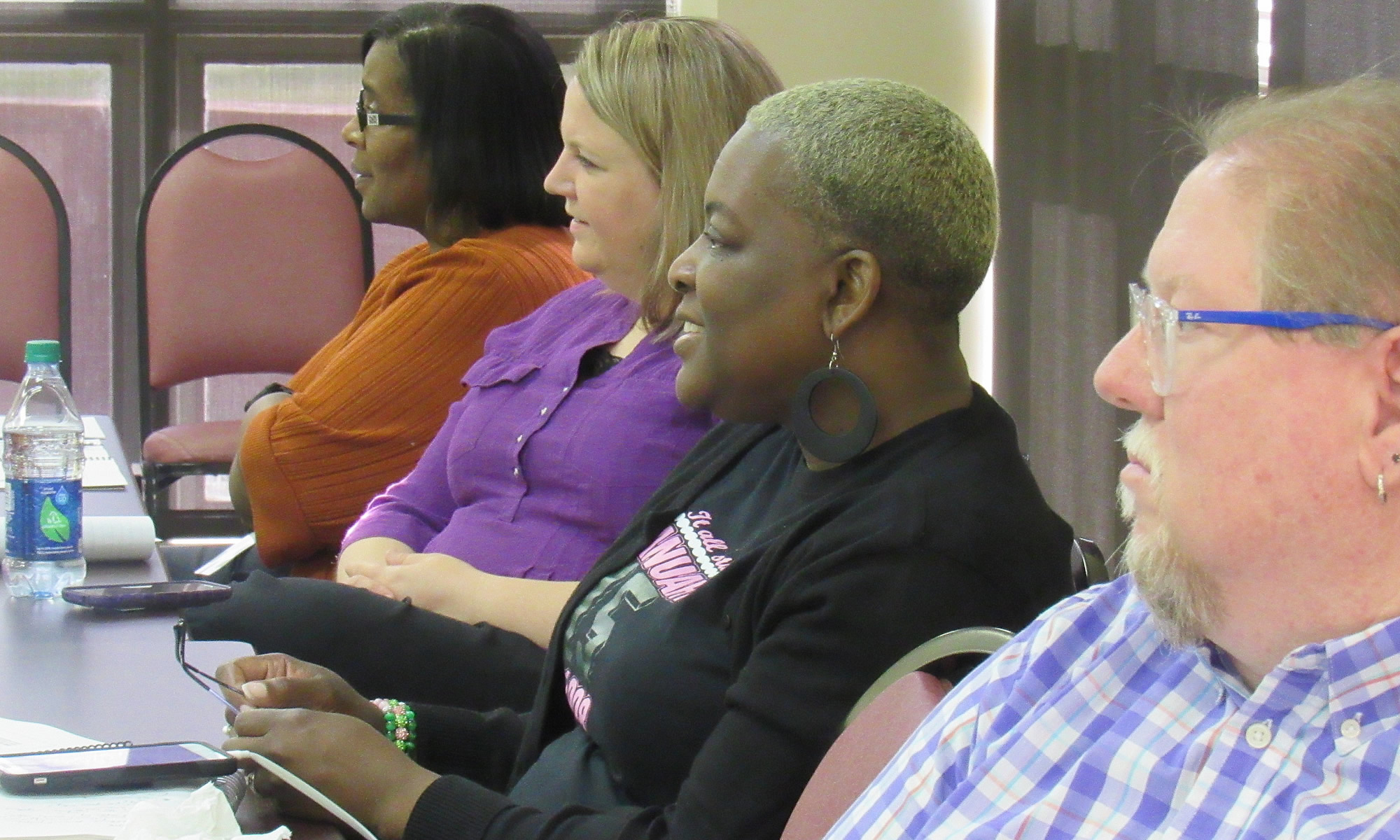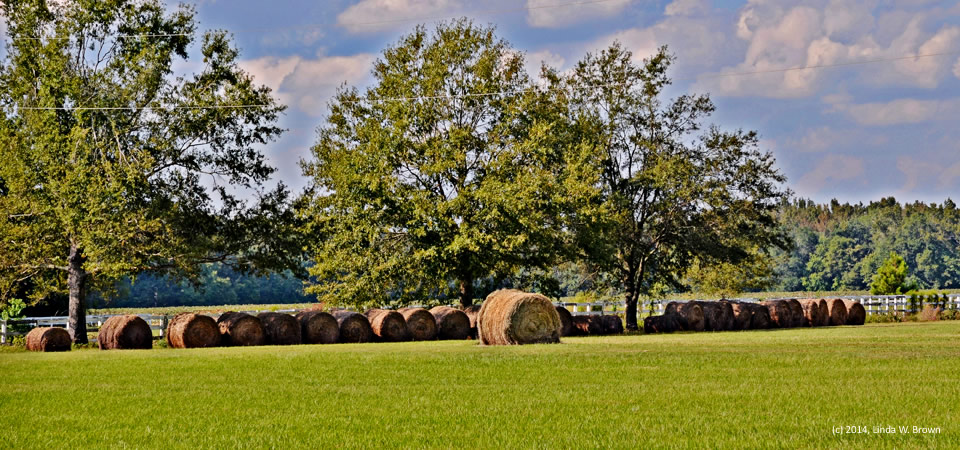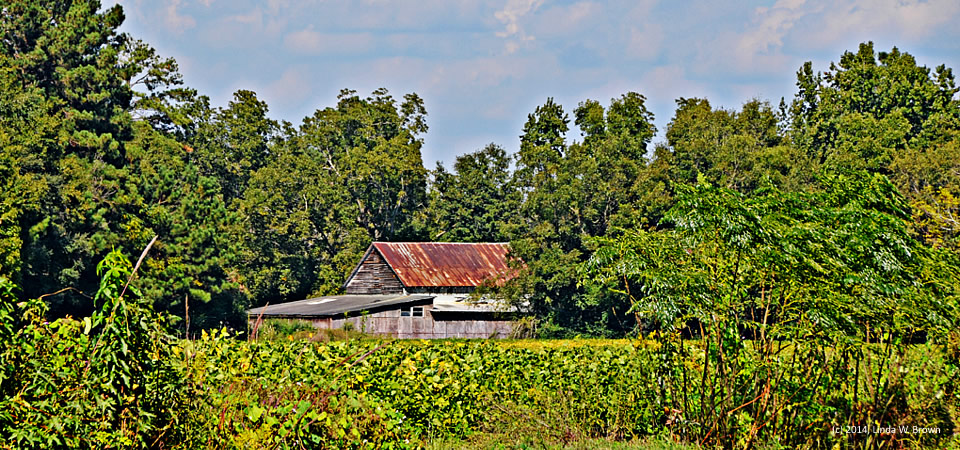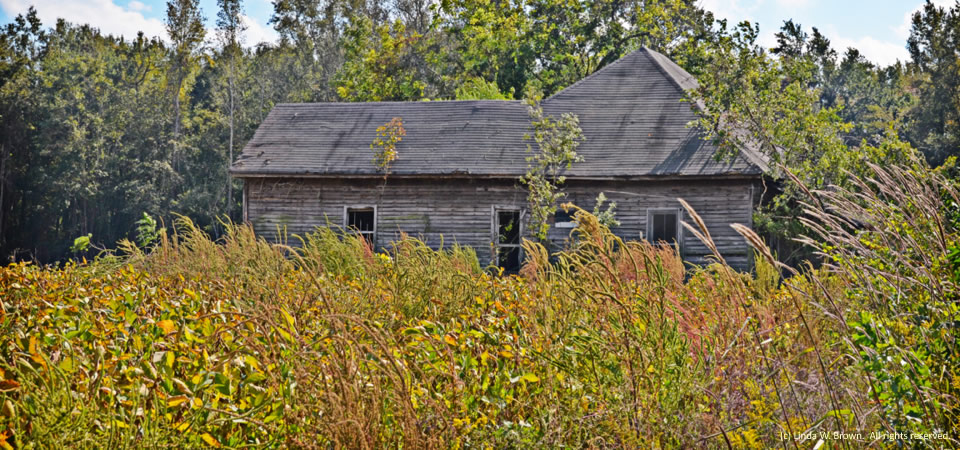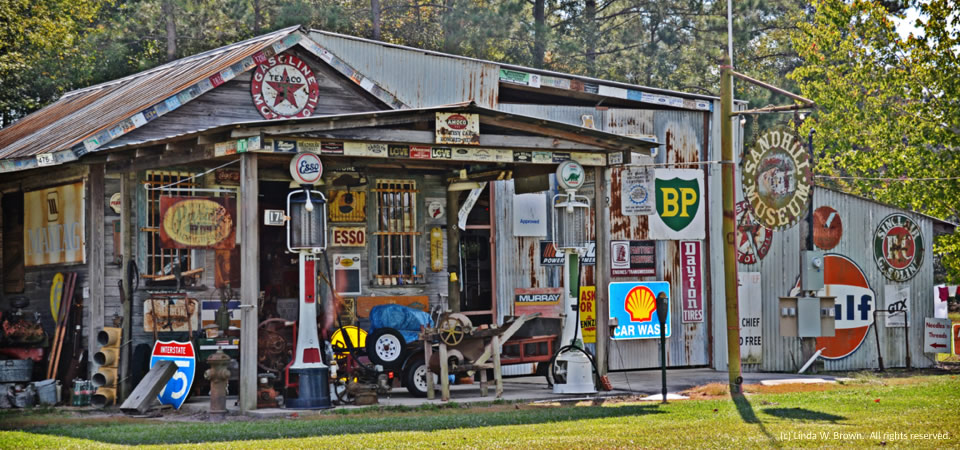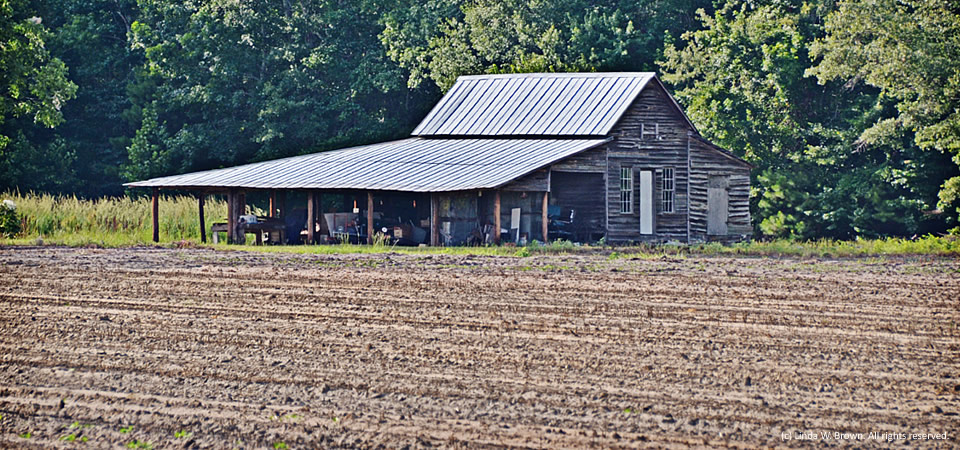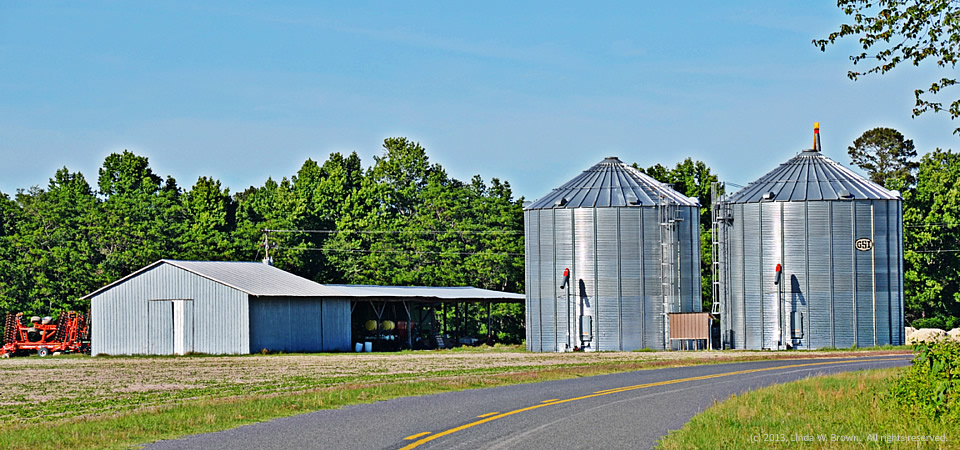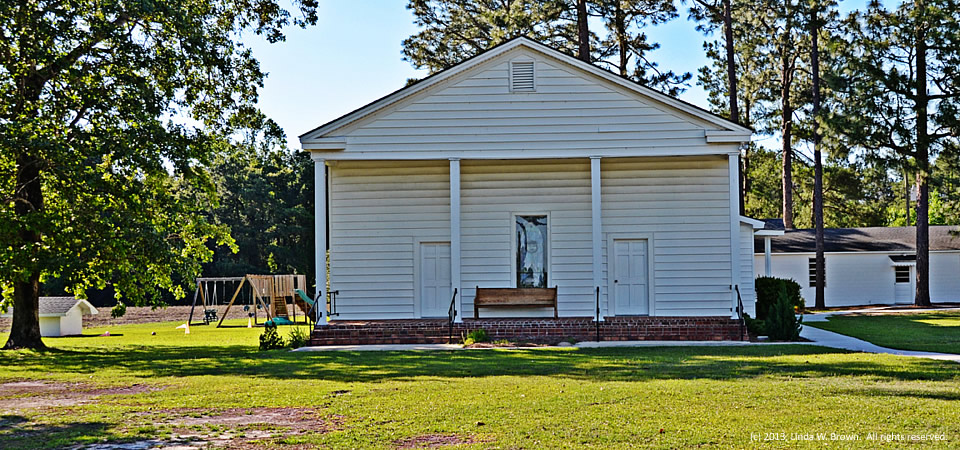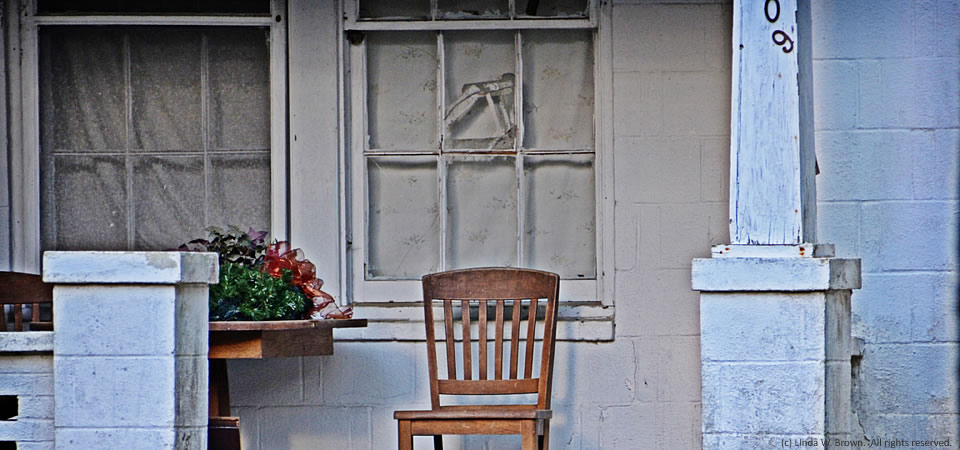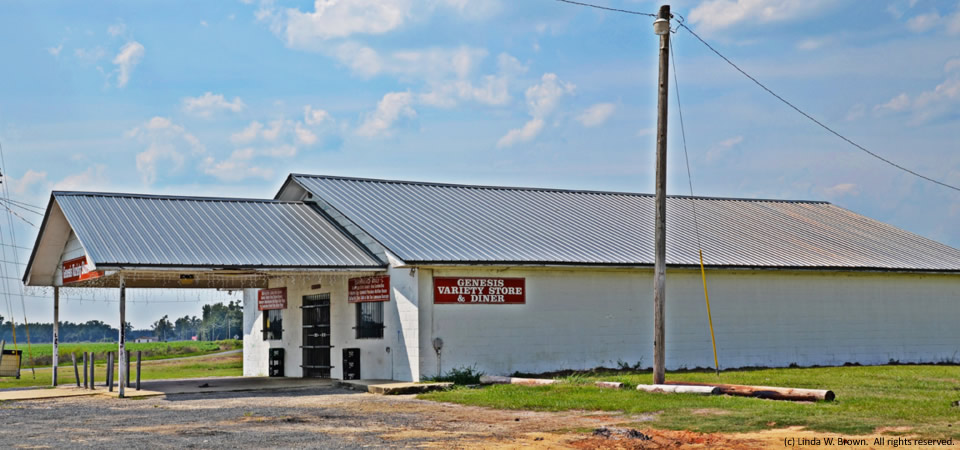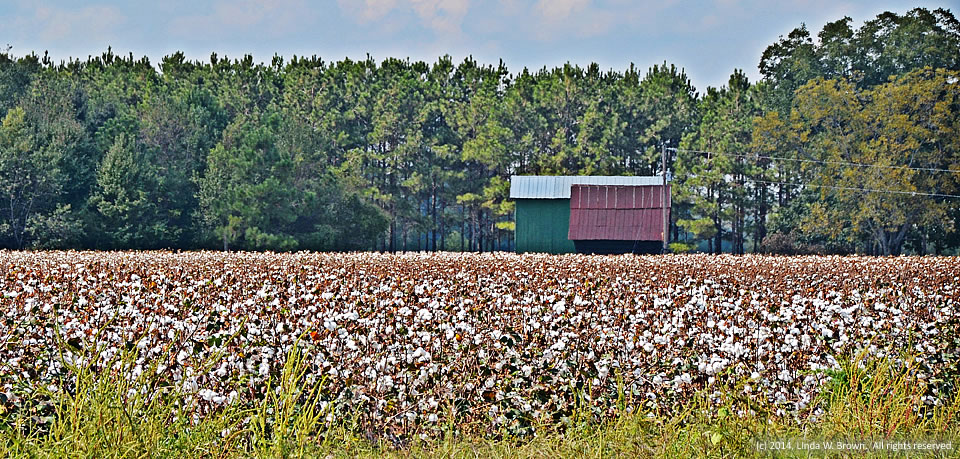
Fields across South Carolina are white with “Carolina snow” as the season’s cotton harvest is underway. This field, captured by photographer Linda W. Brown of Kingstree, S.C., near Sardis in rural Florence County, S.C.
Florence County had 137,948 people, according to a 2012 Census estimate. Its poverty rate — higher in the rural areas than the county seat of Florence, averaged 19.4 percent in 2010.
- QuickFacts about Florence County.
Copyrighted photo taken in October 2014 by Linda W. Brown. All rights reserved.
